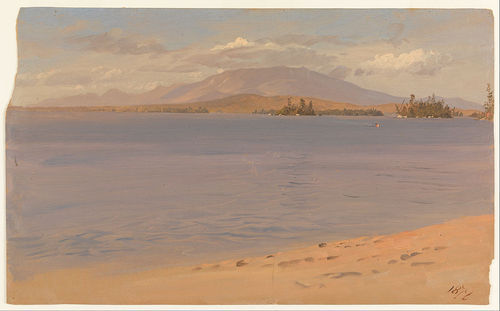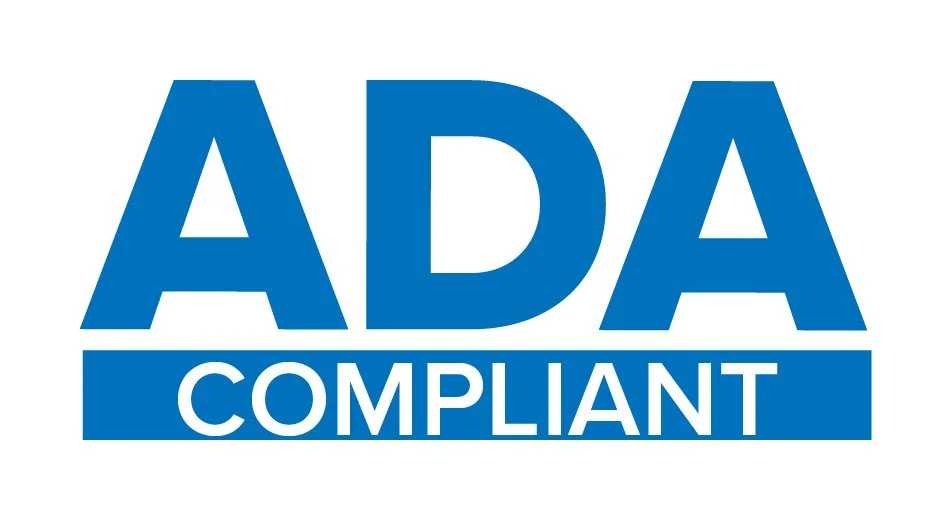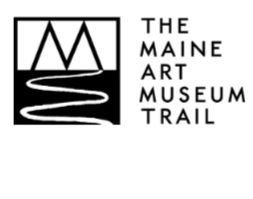Waponahki Student Art Show Alumna
/Do you ever wonder if the artists featured in our Waponahki Student Art Show keep creating art once they leave the Maine Indian Education schools?
Christiana Becker, Penobscot, is a student at the University of Maine and has been using her art as a medium through which she displays and shares her culture. When she was in the eighth grade, she participated in the Abbe Museum's annual Waponahki Student Art Show with the following submission.

Hidden Warrior Spirit
Christiana R. Becker, Penobscot
Grade 8
Indian Island School
"I've always like to read fantasy books or books with swords. I like it when there is a woman who is a hero or warrior. So I drew a woman who wanted to be a warrior. She goes to one of her favorite spots to ask for guidance from her ancestors. She then sees a reflection of herself and finds she does have the spirit of a warrior. It's hidden inside her."
Fast forward to 2016 where several of Christiana’s original pieces were recently featured in the University of Maine's Senior Art Exhibit “Ghosts of Carnegie Hall." Christiana hopes observers take from her art the importance of “giving back to the Earth, being grateful, and making sure that your descendants and your people will also benefit from your actions.”
Read more about Christiana's success in a recent article posted by the Maine Journal.















































